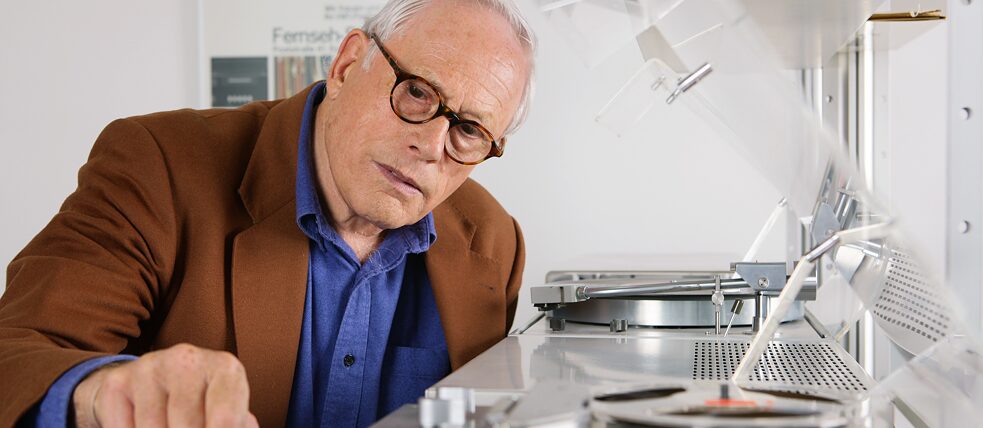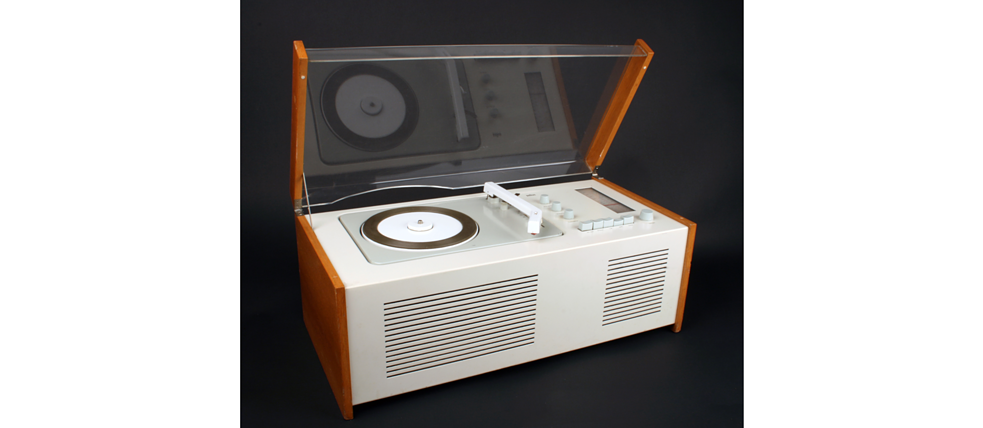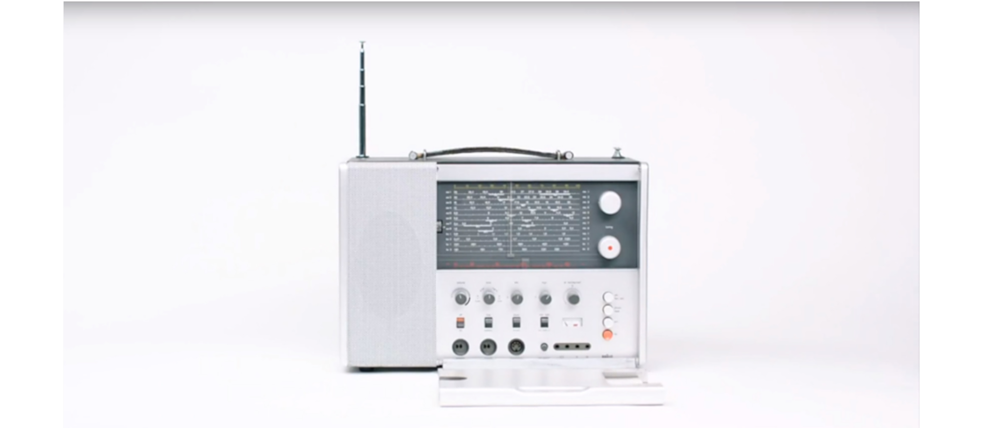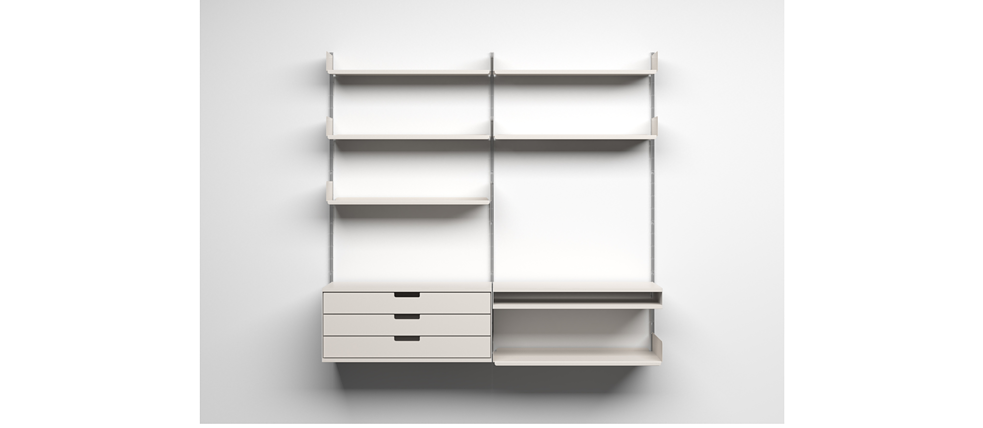Dieter Rams
“Design has to make things understandable”

The long-time chief designer at the German consumer products company, Braun, Dieter Rams, knew how to design industrial products unobtrusively and clearly. His creations became timeless classics and an inspiration for other technology manufacturers – for example, for Apple.
By Romy König
Design has to be as simple as possible, gimmicks and gadgets have no place when it comes to articles of daily use: You only need to look at the products designed by Dieter Rams to see that the renowned industrial designer always followed his own design credo. The industrial designer, who was born in Wiesbaden, worked for the electrical appliance manufacturer Braun for four decades, from 1955 to 1995. As head of the design department, he shaped the appearance of numerous devices and instruments, including hi-fi devices, table lighters and later even a line of toothbrushes.
Radically reduced design
His products were characterised by straight lines, angular shapes and a clear appearance. A combined radio-record player called SK4, which Rams designed together with his colleague, Hans Gugelot, became famous. Initially ridiculed by critics as “Snow White’s Coffin”, the minimalist device – white metal housing with removable acrylic glass cover – soon became a classic. The same applies to the T1000 multi-band radio or the ET 66 pocket calculator.
FIT FOR USE – AND A ROLE MODEL FOR APPLE
The standards Rams aspired to are of a practical origin – design must make objects “understandable” and “fit for their intended use”, as he once explained to the Frankfurter Allgemeine Zeitung newspaper. They should “be able to explain things without a user having to read a long instruction manual”. The technological products from Apple are based on this principle even today. Whether I-Pod or I-Phone – the manufacturer from Palo Alto makes no secret of the fact that their look is based on Rams’ minimalist, clear product design. Steve Jobs even praises Rams and his work in his autobiography.
For the manufacturer Braun, Rams was a stroke of luck – originally, he was employed by the company to redesign its interiors, but with their creations, he and his colleagues soon helped the then relatively unknown electrical manufacturer to make its breakthrough, initially nationally and later internationally. At the same time, however, Rams continued to work on interior design projects, designing armchairs and shelving systems for the furniture manufacturer, Vitsoe, which was set up in 1959 specifically to produce Rams’ designs, as well as door and window handles for FSB.
FASHIONS COME AND GO, RAMS’ DESIGNS ARE HERE TO STAY
Several of the objects and pieces designed by Rams are now part of the inventory of the Museum of Modern Art in New York. The Frankfurter Museum für Angewandte Kunst (Frankfurt Museum of Applied Art) also has a permanent presentation dedicated to the designer. The Braun brand, which disappeared from the German hi-fi market in 1990, has recently been revived: the British audio specialist, Pure, secured the license for the brand. The new loudspeakers, which Pure introduced in 2019 under the Braun logo, read as an homage to the loudspeaker series created by Dieter Rams – and prove once more: design without gimmicks and gadgetry never goes out of style.


